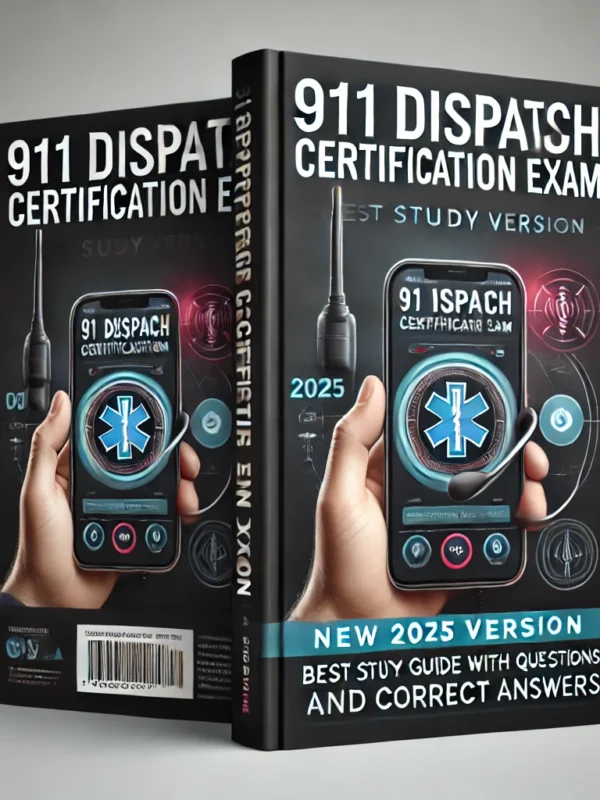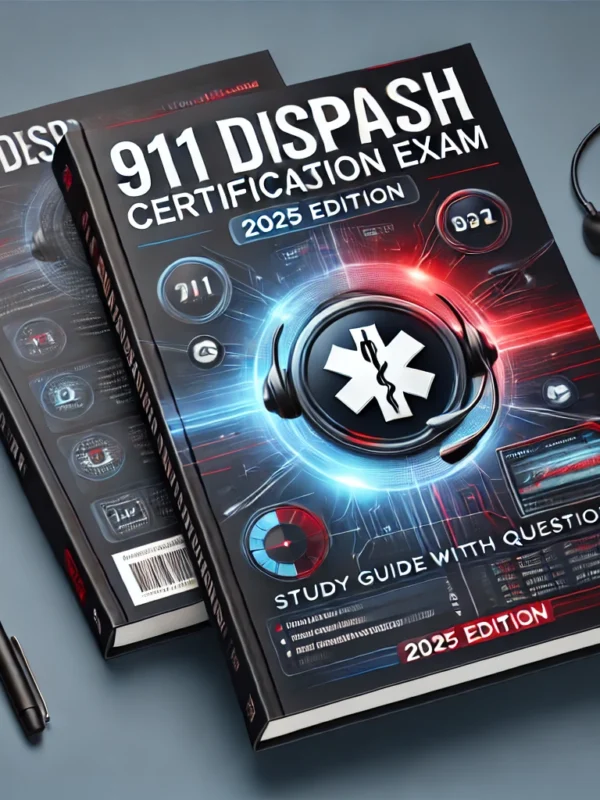-
100+ key ATI Med Surg practice questions with verified answers
-
Detailed answers and rationales for thorough understanding
-
Covers critical topics: cardiovascular, respiratory, and endocrine systems
-
Updated 2025 content aligned with ATI standards
-
Includes Next Generation NCLEX (NGN)-style questions
-
Study guide with proven strategies for exam success
-
Ideal for nursing students seeking top scores
Preview
Question 1:
A nurse in an emergency department is preparing to perform an ocular irrigation for a
client. Which of the following actions should the nurse plan to take?
a. Assess the client’s visual acuity prior to irrigation
b. Have the client turn their head toward the unaffected eye
c. Hold the irrigator syringe 3.81 cm (1.5 in) above the eye
d. Perform the irrigation with sterile water for irrigation
Correct answer: d. Perform the irrigation with sterile water for irrigation
Rationale:
When performing ocular irrigation, the nurse should use sterile water or saline to irrigate
the eye, ensuring that the solution is free from contaminants that could cause further
irritation or infection. Assessing the client’s visual acuity is important but is not the
priority action during irrigation. The irrigator syringe should be held about 1 to 2 inches
above the eye, and the client should turn their head to the affected side to allow the
f
luid to drain.
Question 2:
A nurse is preparing to administer lactated ringer’s via continuous IV infusion at 200
ml/hr. The IV tubing has a drop factor of 10 drops/ml. How many gtt/min should the
nurse set the IV pump to administer? Round to the nearest whole number.
Correct answer: 33 gtt/min
Rationale:
To calculate the drip rate, use the formula:
Drip rate (gtt/min) = (Volume to be infused (ml/hr) × Drop factor (gtt/ml)) ÷ 60 minutes.
Drip rate = (200 ml/hr × 10 gtt/ml) ÷ 60 min = 33.33 gtt/min (rounded to 33 gtt/min).
Therefore, the nurse should set the IV pump to 33 gtt/min.
Question 3:
A nurse is providing discharge teaching to a client who has a new prescription for
sublingual nitroglycerin. Which of the following client statements indicates an
understanding of the teaching?
a. I can keep my medications for 1 year before replacing it
b. I should lie down when I take this medication
c. I should discontinue this medication if I develop a headache
d. I can take up to five tablets in 15 minutes before seeking medical attention
Correct answer: b. I should lie down when I take this medication
Rationale:
When taking sublingual nitroglycerin, clients should lie down to prevent dizziness or
fainting due to the vasodilation effect of the medication. Nitroglycerin should be
replaced every 6 months to ensure potency, not after a year. Clients should not stop the
medication if a headache occurs, as this is a common side effect. The maximum dose
for sublingual nitroglycerin is typically three doses (not five) taken 5 minutes apart
before seeking medical attention.
Question 4:
A nurse is providing discharge teaching to an older adult client following a left total hip
arthroplasty. Which of the following instructions should the nurse include in the
teaching?
a. Clean the incision daily with hydrogen peroxide
b. You can cross your legs at the ankles when sitting down
c. You should use an incentive spirometer every 8 hours
d. Install a raised toilet seat in your bathroom
Correct answer: d. Install a raised toilet seat in your bathroom
Rationale:
After hip replacement surgery, it is crucial to prevent flexion beyond 90 degrees at the
hip joint to reduce the risk of dislocation. Installing a raised toilet seat can help the
client avoid excessive bending. Hydrogen peroxide can damage the tissue and is not
recommended for wound care. Crossing legs, even at the ankles, should be avoided
postoperatively to prevent dislocation. An incentive spirometer should be used more
frequently than every 8 hours (usually every hour while awake) to prevent respiratory
complications.












Reviews
There are no reviews yet.